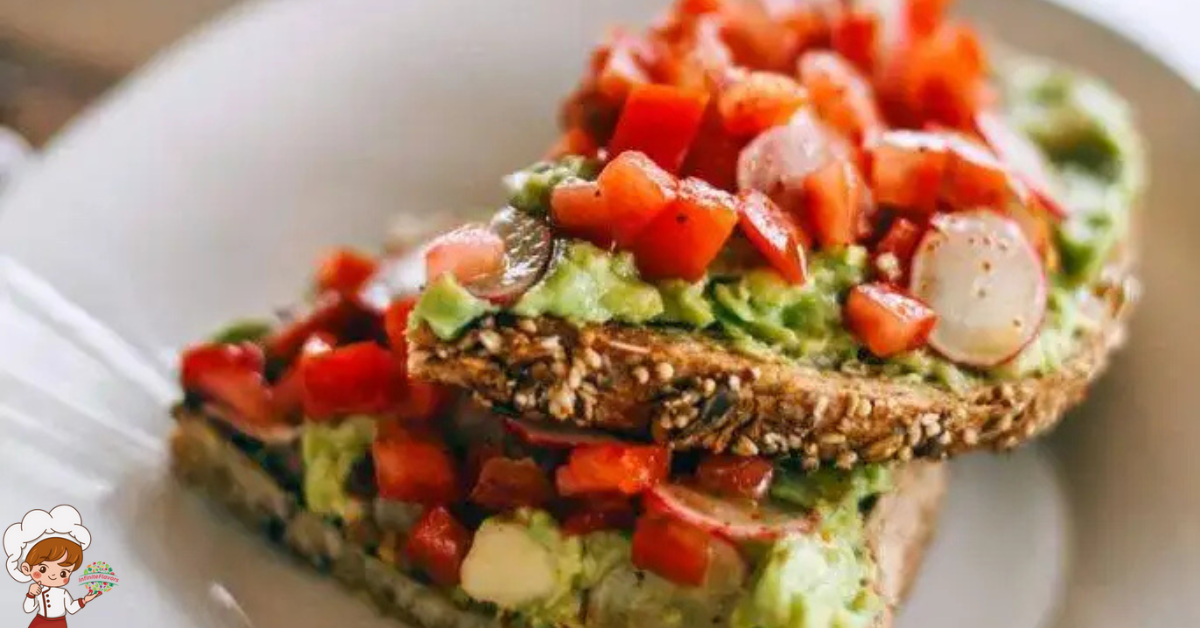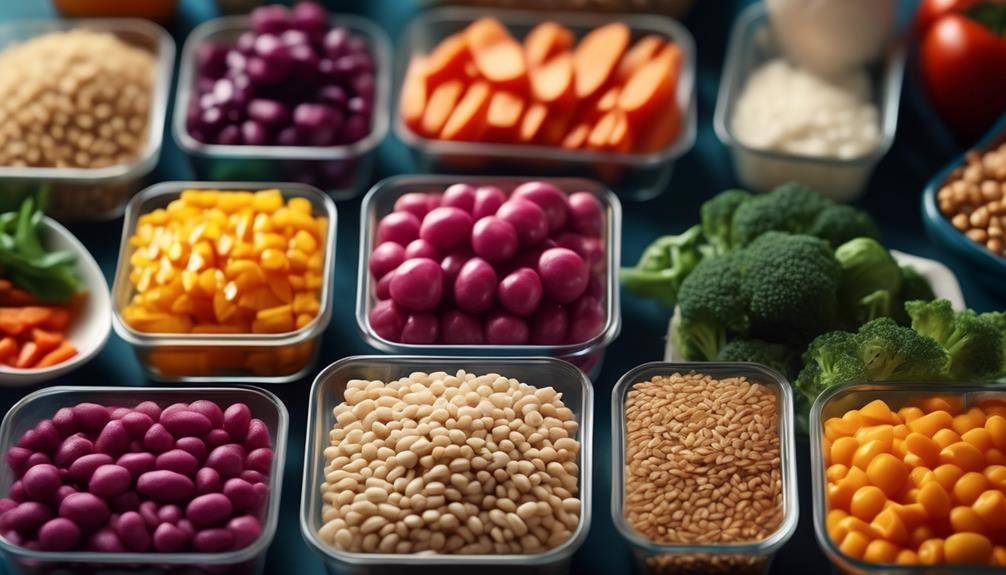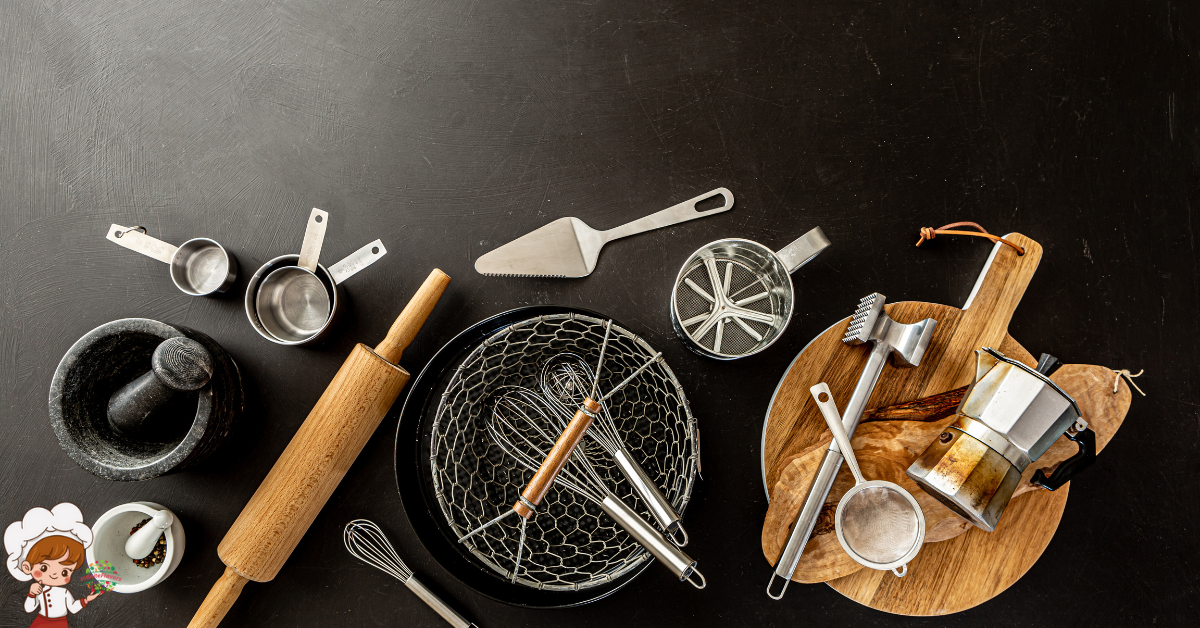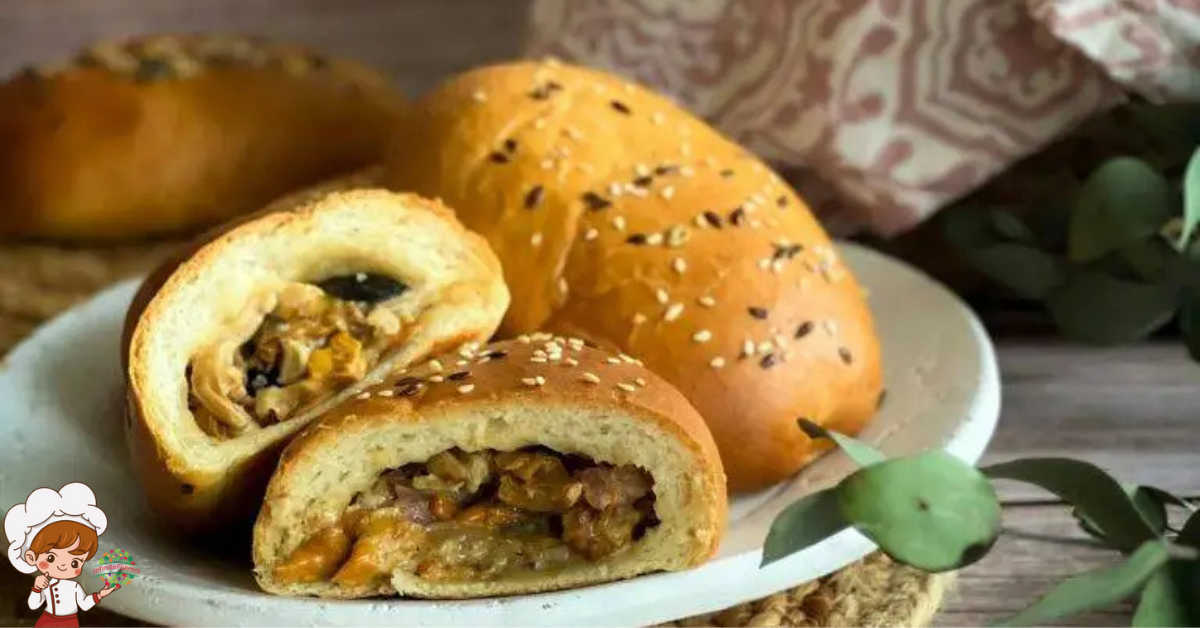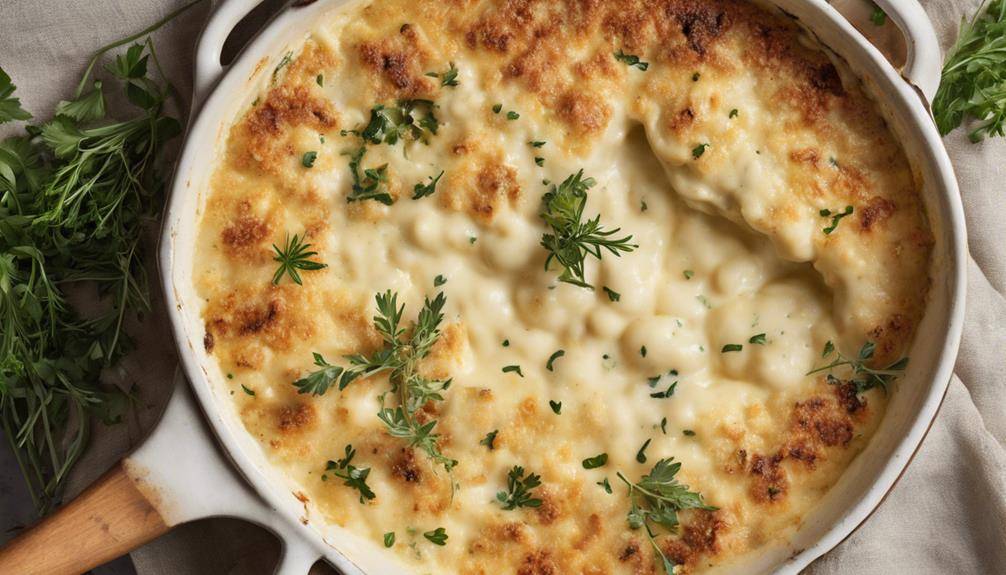Amazing Balanced Gluten-Free Diet Essentials
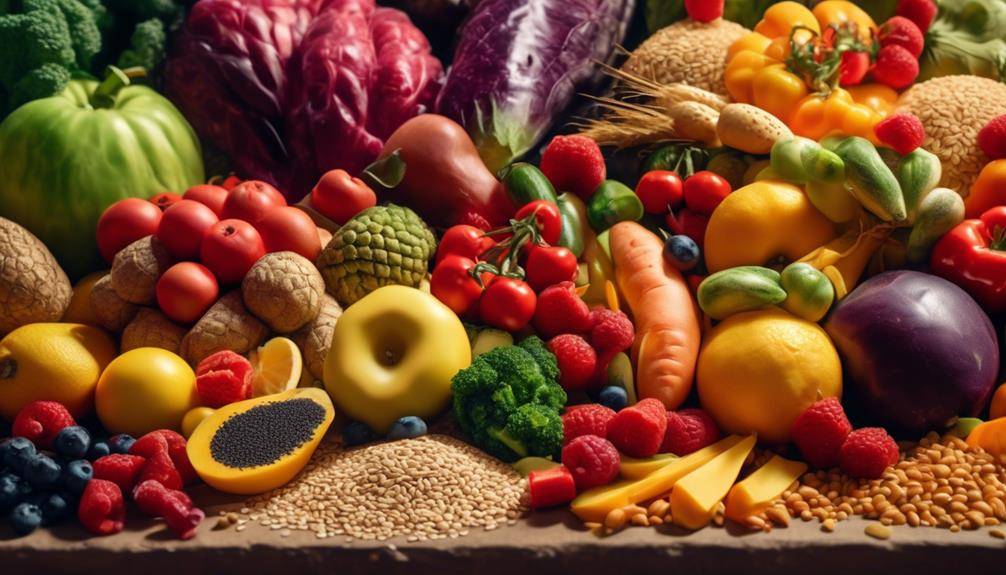
Gluten-Free Diet Essentials; Are you tired of hearing that going gluten-free means giving up all your favorite foods and flavors? Well, fear not, because a balanced gluten-free diet can still be delicious and satisfying. In fact, it’s absolutely essential for your overall health and well-being. But what does it really mean to eat gluten-free in a way that nourishes your body? In this discussion, we will explore the key components of a balanced gluten-free diet, from nutrient-rich grains to essential protein sources, and discover how to incorporate fruits and vegetables into your meals. And that’s just the beginning. So, get ready to embark on a journey of delicious and nutritious gluten-free eating!
Importance of a Gluten-Free Diet
Understanding the importance of a gluten-free diet is crucial for individuals with gluten sensitivities or celiac disease. A gluten-free diet involves avoiding foods that contain gluten, which is a protein found in wheat, barley, and rye. By eliminating gluten from your diet, you can experience a range of benefits that can improve your overall health and well-being.
One of the main benefits of a gluten-free diet is the relief of symptoms associated with gluten sensitivities or celiac disease. For individuals with celiac disease, consuming gluten triggers an autoimmune response that damages the small intestine. By following a gluten-free diet, you can alleviate symptoms such as abdominal pain, bloating, diarrhea, and fatigue.
Additionally, a gluten-free diet can also lead to improved nutrient absorption. In individuals with celiac disease, the damaged small intestine is unable to absorb essential nutrients properly. By eliminating gluten, the small intestine can heal, allowing for better absorption of nutrients like vitamins, minerals, and fiber.
While there are significant benefits to a gluten-free diet, it is important to acknowledge the challenges that come with maintaining it. One of the main challenges is the limited food choices available. Many traditional foods contain gluten, such as bread, pasta, and cereals. Finding suitable gluten-free alternatives can be a daunting task, as they are often more expensive and harder to find.
Another challenge is the risk of cross-contamination. Even trace amounts of gluten can trigger symptoms in individuals with gluten sensitivities or celiac disease. Therefore, it is essential to be vigilant about reading food labels, avoiding cross-contaminated products, and ensuring that food preparation surfaces and utensils are thoroughly cleaned.
Nutrient-Rich Gluten-Free Grains
To continue your journey towards a gluten-free lifestyle, let’s explore the world of nutrient-rich gluten-free grains. Going gluten-free doesn’t mean sacrificing taste or nutrition. There are many alternatives to traditional grains that are both delicious and packed with essential nutrients. Here are some gluten-free grain options to consider, along with some helpful cooking tips.
- Quinoa: Quinoa is a versatile gluten-free grain that is high in protein and fiber. It can be used as a base for salads, added to soups, or used as a substitute for rice. To cook quinoa, rinse it thoroughly and then combine it with water in a pot. Bring it to a boil, reduce the heat, cover, and simmer for about 15 minutes or until the water is absorbed.
- Brown rice: Brown rice is a whole grain that is rich in fiber, vitamins, and minerals. It can be used in a variety of dishes, from stir-fries to pilafs. To cook brown rice, rinse it under cold water, then combine it with water in a pot. Bring it to a boil, reduce the heat, cover, and simmer for about 45 minutes or until the rice is tender.
- Buckwheat: Despite its name, buckwheat is actually a gluten-free seed. It is a good source of protein, fiber, and antioxidants. Buckwheat can be used to make pancakes, porridge, or added to baked goods. To cook buckwheat, combine it with water in a pot and bring it to a boil. Reduce the heat, cover, and simmer for about 20 minutes or until the water is absorbed.
Remember to read labels carefully to ensure that the grains you choose are truly gluten-free. Experiment with different gluten-free grain alternatives to find your favorites. With these cooking tips, you’ll be able to enjoy the benefits of nutrient-rich gluten-free grains in your meals.
Essential Protein Sources for a Gluten-Free Diet
Including essential protein sources in your gluten-free diet is crucial for maintaining overall health and meeting your nutritional needs. While it may seem challenging to find gluten-free protein options, there are plenty of plant-based protein alternatives available. Here are four protein sources that are not only gluten-free but also packed with nutrients:
- Quinoa: This versatile grain is not only a great source of protein but also rich in essential amino acids. It is also high in fiber, iron, and magnesium, making it an excellent addition to your gluten-free diet.
- Lentils: These legumes are not only affordable but also a fantastic source of protein. They are also high in fiber, folate, and potassium. Lentils can be used in various dishes such as soups, stews, and salads, adding both protein and flavor to your meals.
- Chia seeds: These tiny seeds may be small, but they are mighty when it comes to protein content. They are also an excellent source of omega-3 fatty acids, fiber, and antioxidants. You can sprinkle chia seeds on yogurt, smoothies, or even use them as an egg substitute in baking.
- Tempeh: This fermented soybean product is a popular plant-based protein alternative. It is not only gluten-free but also a great source of protein, fiber, and probiotics. Tempeh can be marinated and grilled or added to stir-fries and salads for a delicious and nutritious meal.
Incorporating Fruits and Vegetables Into Your Diet
To continue nourishing your body on a gluten-free diet, it is essential to incorporate a wide variety of fruits and vegetables into your meals. Fruits and vegetables are packed with essential vitamins, minerals, and antioxidants that support overall health and well-being. Incorporating these nutrient-dense foods into your diet can provide numerous benefits, such as improved digestion, increased energy levels, and a strengthened immune system.
When choosing fruits and vegetables, opting for organic produce can offer additional benefits. Organic produce is grown without the use of synthetic pesticides, genetically modified organisms (GMOs), or chemical fertilizers. It is also free from artificial additives and preservatives, making it a healthier choice for your body. Organic fruits and vegetables have been found to contain higher levels of certain nutrients, such as vitamin C and antioxidants, compared to conventionally grown produce.
Now, let’s explore some creative ways to incorporate fruits and vegetables into your meals. Start by adding a variety of colorful fruits and vegetables to your salads. Try mixing leafy greens with vibrant berries, crunchy cucumbers, and crisp bell peppers for a refreshing and nutritious meal. You can also blend fruits and vegetables into smoothies for a quick and convenient way to get your daily dose of nutrients. Experiment with different combinations, such as spinach, pineapple, and banana or kale, apple, and ginger.
Another creative way to incorporate fruits and vegetables is by using them as toppings or fillings. For example, you can stuff bell peppers with a mixture of quinoa, black beans, and tomatoes, or use lettuce wraps to hold a variety of fillings like grilled chicken, avocado, and salsa. Additionally, you can add sliced fruits like apples or pears to sandwiches or wraps for a burst of sweetness and crunch.
Smart Snacking on a Gluten-Free Diet
Elevate your gluten-free snacking game with delicious and nutritious options that will keep you satisfied throughout the day. When following a gluten-free diet, it’s important to choose snacks that are not only free of gluten but also provide essential nutrients to support your overall health. Here are four smart snacking tips to help you stay on track and enjoy gluten-free snacks that are both tasty and beneficial for your body:
- Opt for whole foods: Choose snacks that are made from whole, unprocessed ingredients. This can include fresh fruits and vegetables, nuts and seeds, and gluten-free grains like quinoa or brown rice. These snacks are not only naturally gluten-free but also rich in vitamins, minerals, and fiber.
- Pack in protein: Protein is an essential nutrient that helps keep you feeling satisfied and supports muscle growth and repair. Incorporate protein-rich snacks into your gluten-free diet, such as Greek yogurt, hard-boiled eggs, or a handful of almonds. These options will help keep your energy levels stable throughout the day.
- Mindful portion control: Even when snacking on healthy gluten-free options, it’s important to practice portion control. Keep your snacks in pre-portioned containers or bags to avoid mindlessly overeating. This will help you maintain a balanced diet and prevent excess calorie intake.
- Prepare in advance: Planning and preparing your gluten-free snacks in advance can help you make healthier choices and avoid reaching for less nutritious options when hunger strikes. Spend a few minutes each week to wash and cut fruits and vegetables, portion out nuts or seeds, or make a batch of homemade gluten-free granola bars. Having these snacks readily available will make it easier to stay on track with your gluten-free diet.
Gluten-Free Diet Essentials; Frequently Asked Questions
Are There Any Potential Health Risks Associated With Following a Gluten-Free Diet?
Following a gluten-free diet can have potential long-term effects on your health, especially on gut health. It’s important to be aware of the impact it may have and consult with a healthcare professional for personalized guidance.
Can a Gluten-Free Diet Help With Weight Loss or Weight Management?
A gluten-free diet can help with weight loss or weight management. By eliminating gluten-containing foods, you may reduce calorie intake and improve gut health. However, it’s important to focus on balanced nutrition for muscle gain.
Are There Any Gluten-Free Alternatives for Commonly Consumed Grains Like Wheat and Barley?
Looking for gluten-free alternatives to wheat and barley? Try quinoa, rice, corn, and oats (make sure they’re certified gluten-free). When baking, use gluten-free flours like almond, coconut, or rice flour. Happy cooking!
Can a Gluten-Free Diet Be Beneficial for Individuals Without Gluten Sensitivities or Celiac Disease?
A gluten-free diet can provide benefits for individuals without gluten sensitivities or celiac disease, such as improved digestion and increased energy levels. Athletes may also benefit from a gluten-free diet to enhance performance and recovery.
How Can I Ensure That My Gluten-Free Diet Is Nutritionally Balanced and Not Lacking in Any Essential Nutrients?
To ensure your gluten-free diet is nutritionally balanced and not lacking in essential nutrients, focus on incorporating a variety of whole foods like fruits, vegetables, lean proteins, and gluten-free grains.
Conclusion
In conclusion, following a balanced gluten-free diet is essential for individuals with gluten intolerance or celiac disease. By incorporating nutrient-rich gluten-free grains, protein sources, fruits, and vegetables into your diet, you can ensure that you are getting the necessary nutrients for optimal health. Additionally, smart snacking on a gluten-free diet can help maintain energy levels throughout the day. Remember to consult with a healthcare professional or registered dietitian for personalized guidance on maintaining a balanced gluten-free diet.



